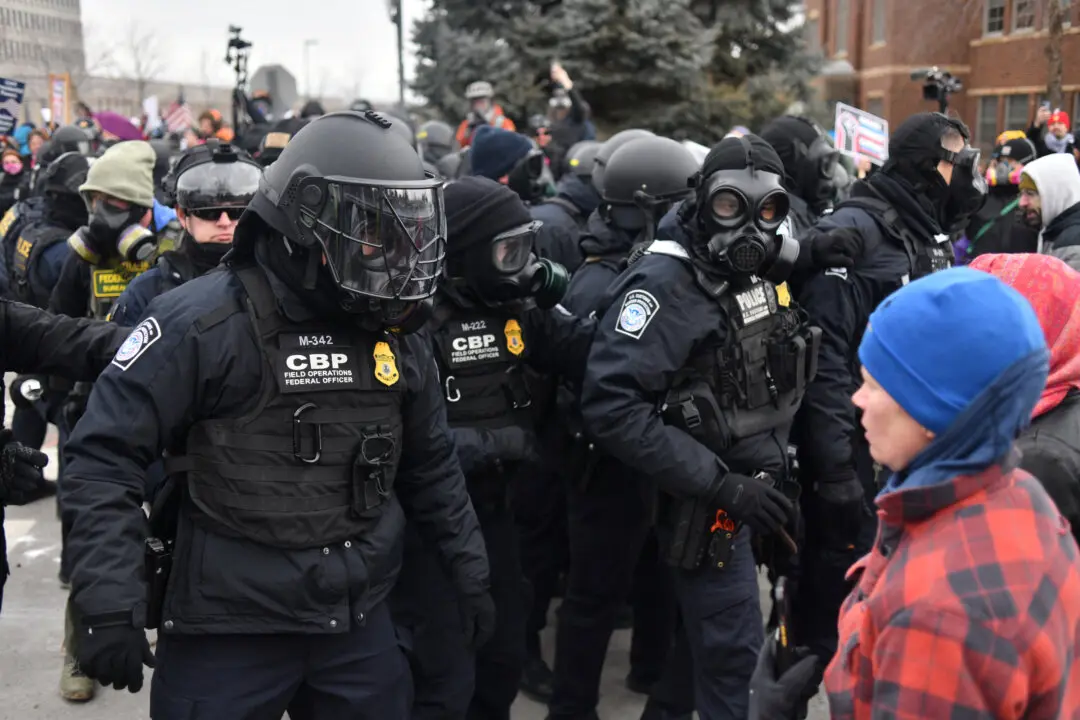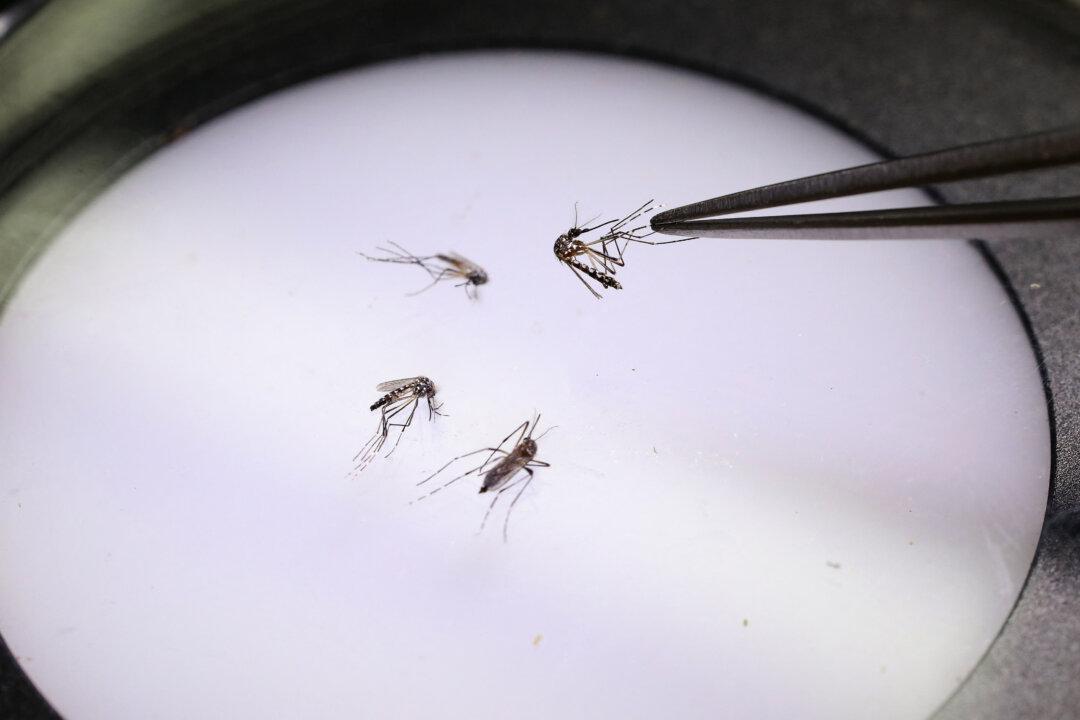Hospital admissions for COVID-19 have dropped in many states across America in recent weeks, easing staffing issues for some hospitals.
All but five states have recorded fewer admissions in recent weeks, with some seeing sharp drops, according to data reported to the U.S. Department Health and Human Services.





